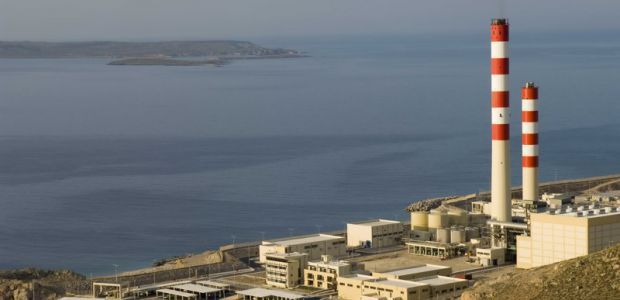Currently examining options to prevent a looming energy shortage on Crete as of next year, when outdated high-polluting power stations will need to cease operating, RAE, the Regulatory Authority for Energy, appears most likely to settle for a four-pronged solution involving facility conversions, the introduction of a new gas-fueled unit, additional renewable energy output and energy storage.
The package, constituting one of several plans researched by the National Technical University of Athens (NTUA), is seen as an optimal solution as it combines energy sufficiency, economy and environmental protection.
Crete faces an energy sufficiency alert between 2020 – when older units will cease operating and a small-scale grid interconnection linking the island with the Peloponnese is launched – and 2023, when a large-scale interconnection linking the island’s grid with Athens is expected to be completed.
The NTUA proposal includes converting 100-MW diesel-fueled units at Atherinolakkos to a gas-fueled facility; installing a new 100-MW unit, preferably gas fueled; development of new RES facilities with a total capacity of between 100 and 150 MW; and, in an unprecedented move for Greece, the installation and incorporation into the grid of energy storage systems (high-tech batteries) with a capacity of 30 to 40 MW.
Development of this four-pronged solution has, in effect, already begun but details still need to be discussed with energy ministry officials, the IPTO and DEDDIE/HEDNO operators, and power utility PPC.





